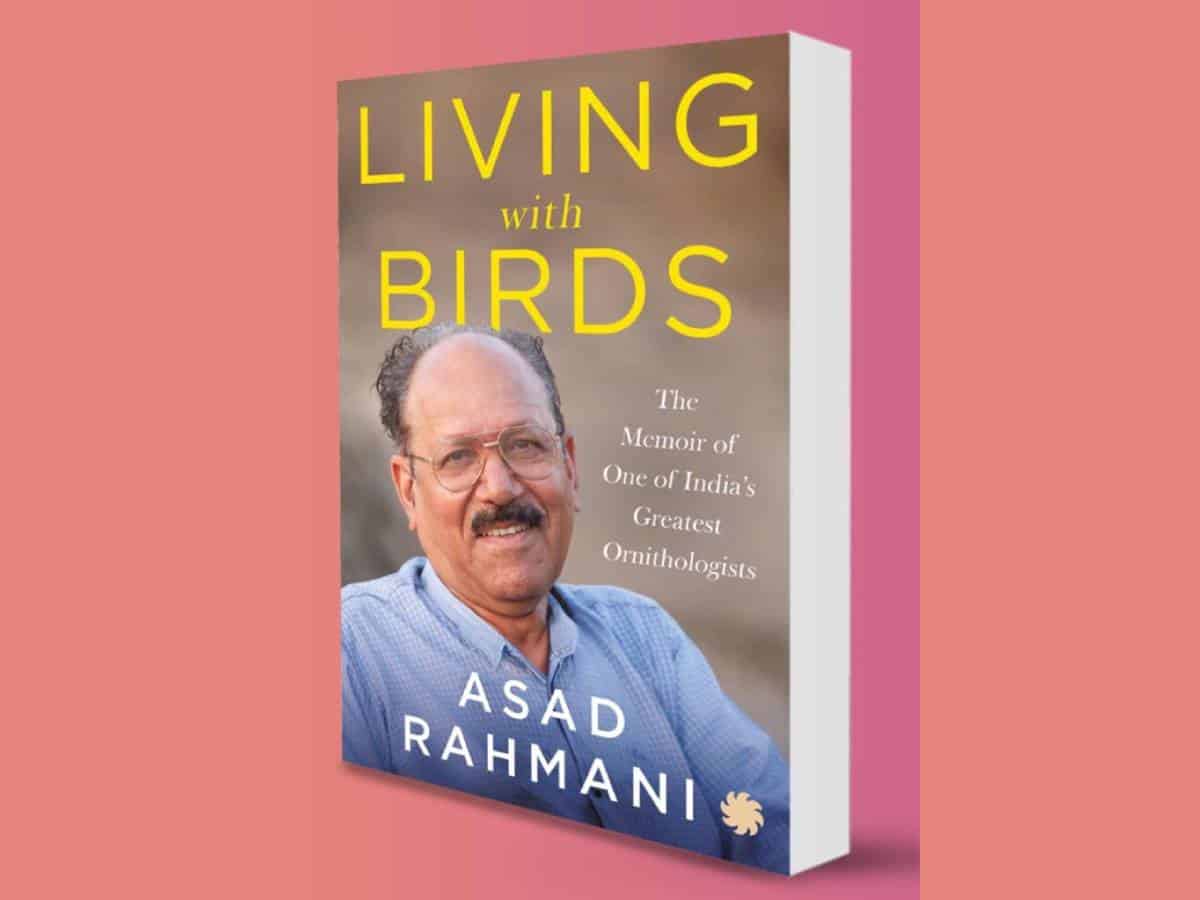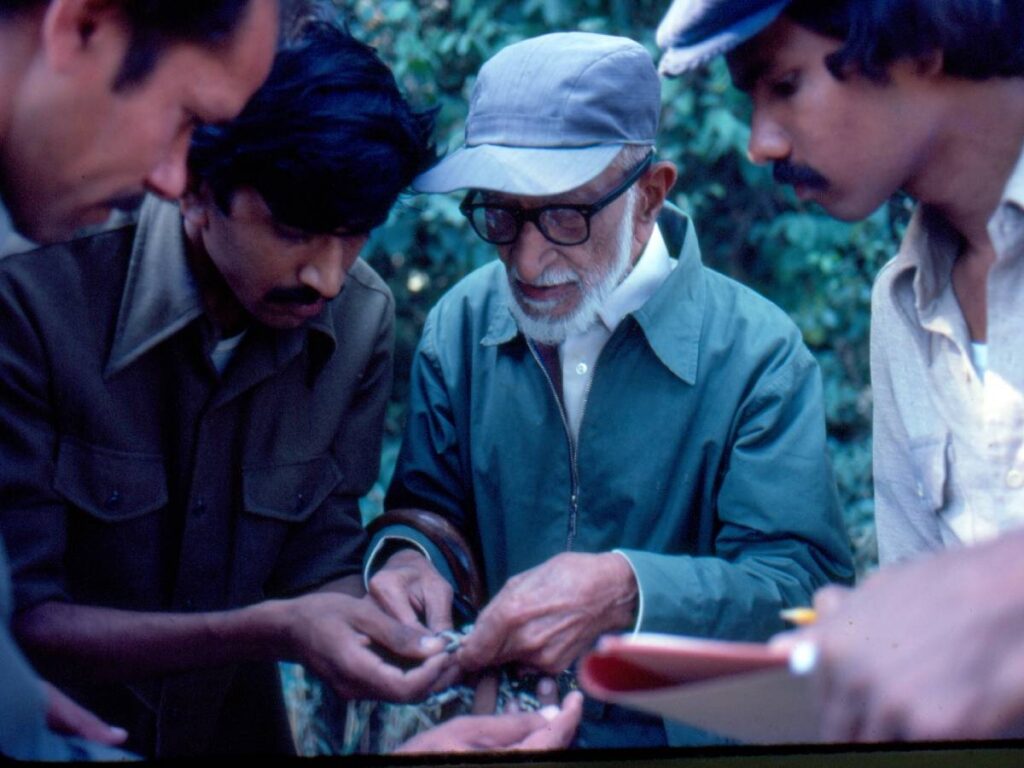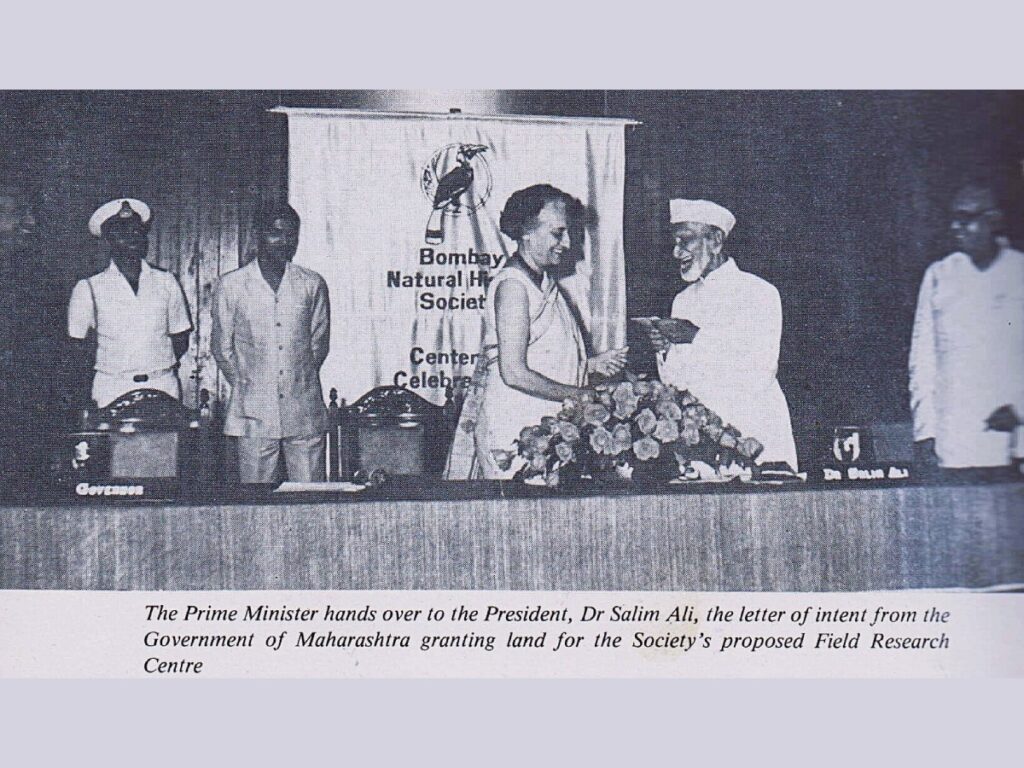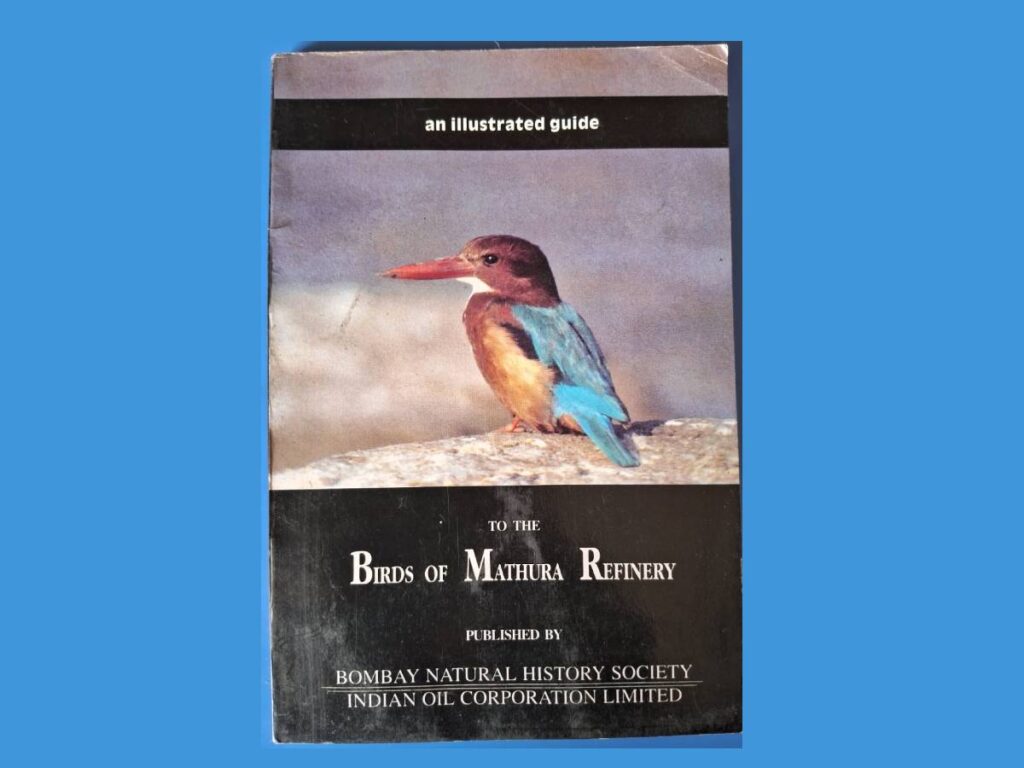
In the enthralling memoir Living with Birds, Dr. Asad Rahmani—one of India’s foremost ornithologists—takes readers on an intimate journey through a life steeped in the love of birds, landscapes, and conservation. This isn’t just a memoir; it’s a celebration of avian beauty, the grit of conservation work, and a heartfelt tribute to India’s rich natural heritage. With warmth and insight, Rahmani’s story captures the personal, scientific, and ecological odyssey of a man dedicated to preserving the fragile web of life around us.
Dr. Rahmani seamlessly intertwines his evolution with the rise of India’s conservation movement in the 1980s and 1990s. Beginning as a senior scientist with the Bombay Natural History Society (BNHS) in 1980 and rising to its directorship in 1997, his career is a testament to perseverance, curiosity, and an unyielding commitment to nature. Along the way, he collaborated with conservation legends like Salim Ali and Humayun Abdulali, as well as a younger generation of biologists including Rishad Naoroji, Ravi Shankaran, Ranjit Manakadan, Vibhu Prakash, among others. Through these connections, Rahmani paints a vivid picture of the interconnectedness of the conservation community and their shared mission to protect India’s ecological treasures.

Science meets storytelling
What sets Living with Birds apart is Rahmani’s masterful ability to blend scientific precision with evocative storytelling. The book bursts with vivid descriptions of field expeditions, offering glimpses into the highs and lows of life in the wild. From exhausting days under the blazing sun to wrestling with bureaucratic red tape and navigating the constraints of limited resources, Rahmani conveys the grit of conservation work. Yet, these challenges are interspersed with moments of joy: spotting elusive species, watching birds in their natural habitat, or simply basking in the serene beauty of the wilderness.
Rahmani’s prose is laced with humility and humour, making his accounts of government negotiations, fieldwork hurdles, and the plight of lesser-known species like the Florican deeply engaging. His observations carry both scientific depth and emotional resonance, ensuring the book resonates with seasoned conservationists and casual nature lovers alike.
Champion for grasslands
While conservation narratives in India often spotlight iconic species like tigers, Rahmani shines a light on the overlooked habitats of grasslands and wetlands. His encounters with 37 Great Indian Bustards at Rollapadu grasslands, 250km south of Hyderabad, in 1984 underscores his dedication to endangered species. Tragically, none of these majestic birds are visible in the region today, a stark reminder of the fragility of these ecosystems.
In the chapter Desert Tales, Rahmani recounts his international collaborations, such as advising Saudi Arabia’s National Commission for Wildlife Conservation and Development, where his expertise helped identify the Arabian Bustard. Despite lucrative opportunities abroad, Rahmani chose to remain steadfastly committed to BNHS, which he nurtured during his tenure as its longest-serving director.

A Legacy of Leadership
Rahmani’s influence extends far beyond his fieldwork. His leadership roles at BNHS, his incisive writings as Executive Editor of the Journal of the Bombay Natural History Society, Hornbill magazine, and his collaboration with global organizations like BirdLife International, highlight his far-reaching impact on conservation. With over 26 books, 150 scientific papers, and countless popular articles to his name, Rahmani stands as a torchbearer for Indian ornithology.
About 20 years ago, during my posting at IndianOil’s Mathura Refinery, I wrote to the BNHS, as a budding birdwatcher and life member, requesting a survey of the birds within the refinery premises. In response, Rahmani deployed Vibhu Prakash, who regularly visited the high-security campus and compiled a checklist of 100 bird species thriving there. The survey, complete with the bird list, concise descriptions, and beautiful illustrations, was eventually published by BNHS as a compact booklet [mentioned on page 45 in the 4th chapter]. As the Senior Public Relations Officer of the company, I ensured the entire project was sponsored by IndianOil.

A journey beyond boundaries
Living with Birds is more than a narrative of conservation; it is a journey that traverses the length and breadth of India. Rahmani’s experiences offer a kaleidoscope of insights—about nature, people, and the art of navigating life itself. The book isn’t just about wildlife management, but about the wilderness; not just survival, but self-discovery. It teaches readers how to turn passion into purpose, blending ethical atheism with an unflinching commitment to environmental stewardship. Spanning 29 chapters and 350 pages, Living with Birds is packed with nuggets of wisdom, humour, and poignant reflections. It’s a must-read for students, seniors, or seasoned conservationists seeking a holistic perspective on India’s wildlife and wilderness.
A Call to Action
Rahmani’s memoir is an invitation—to appreciate the delicate beauty of our natural world and to recognize our shared responsibility to protect it. His lucid prose and evocative storytelling inspire readers to care deeply about conservation and to act. For anyone passionate about nature, conservation, or simply great storytelling, Living with Birds is an unmissable journey into the heart of India’s natural wonders. Rahmani’s life is a resounding testament to the power of commitment, knowledge, and collaboration in the fight for our planet’s future.



